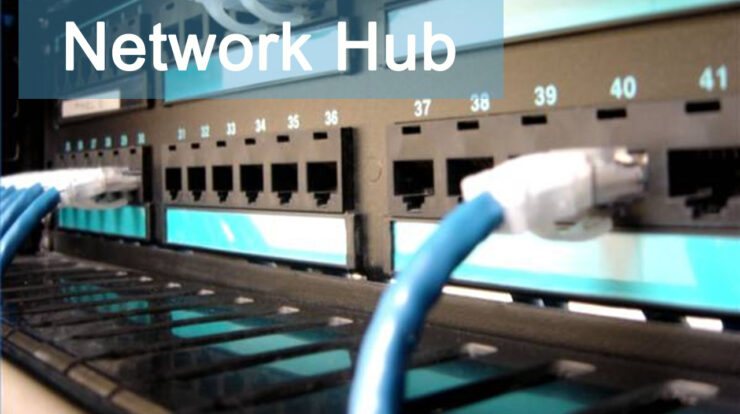
Hub def – The term “hub” encompasses a diverse range of meanings, from transportation hubs connecting cities to data hubs facilitating seamless information exchange. This article delves into the multifaceted concept of hubs, examining their types, design, management, technologies, impacts, and future directions.
Hubs play a pivotal role in various industries, including transportation, logistics, communication, and social networking. By understanding the principles and best practices associated with hub development and operation, we can harness their potential to enhance efficiency, foster innovation, and create more connected and vibrant communities.
Definition and Meaning
A “hub” is a central point or place that connects multiple other points or places. It serves as a central point for the exchange, distribution, or processing of information, goods, or people.
Types of Hubs: Hub Def

- Transportation Hubs:Connect different modes of transportation, such as airports, train stations, and bus terminals.
- Data Hubs:Collect, store, and distribute large amounts of data from various sources.
- Content Hubs:Provide a centralized platform for accessing and sharing information or content.
Hub Design and Architecture
Hub design involves optimizing capacity, connectivity, and efficiency. Considerations include:
- Physical layout and infrastructure
- Network connectivity and bandwidth
- Scalability and expansion capabilities
Hub Management and Operations
Hub management involves:
- Scheduling and coordination of operations
- Maintenance and security of facilities
- Customer service and support
Hub Technologies
Hubs leverage technologies such as:
- Cloud computing and virtualization
- Data analytics and machine learning
- Artificial intelligence (AI)
Hub Impacts and Applications
Hubs impact society and the economy:
- Positive:Enhanced connectivity, increased efficiency, economic growth
- Negative:Traffic congestion, environmental concerns, social disparities
Hubs find applications in various industries, including:
- Transportation and logistics
- Healthcare
- Education
Hub Comparison
| Type | Capacity | Efficiency | Cost |
|---|---|---|---|
| Transportation Hub | High | Medium | High |
| Data Hub | Massive | High | Very High |
| Content Hub | Large | Medium | Medium |
Hub Case Studies
Notable hubs include:
- Singapore Changi Airport:A major transportation hub in Southeast Asia
- Amazon Web Services (AWS):A global cloud computing data hub
- LinkedIn:A content hub for professionals
Hub Trends and Future Directions, Hub def
Emerging trends include:
- Smart hubs with AI and IoT integration
- Decentralized hubs for improved resilience
- Sustainable hubs with a focus on environmental impact
Final Summary
As hubs continue to evolve, driven by technological advancements and societal changes, they will undoubtedly shape the way we live, work, and interact with the world around us. By embracing the opportunities presented by hubs, we can unlock their transformative power and create a more sustainable, equitable, and prosperous future for all.
FAQ Resource
What are the different types of hubs?
Hubs can be classified into various types, including transportation hubs (e.g., airports, train stations), data hubs (e.g., cloud storage facilities), and content hubs (e.g., online platforms for sharing and accessing information).
How are hubs designed and implemented?
Hub design and implementation involve considerations such as capacity, connectivity, efficiency, security, and user experience. Best practices include utilizing advanced technologies, optimizing network architecture, and implementing robust management systems.
What are the key challenges in hub management and operations?
Hub management and operations face challenges such as maintaining infrastructure, ensuring security, providing customer support, and adapting to changing demands. Effective strategies include regular maintenance, implementing security measures, training staff, and leveraging technology for automation.





